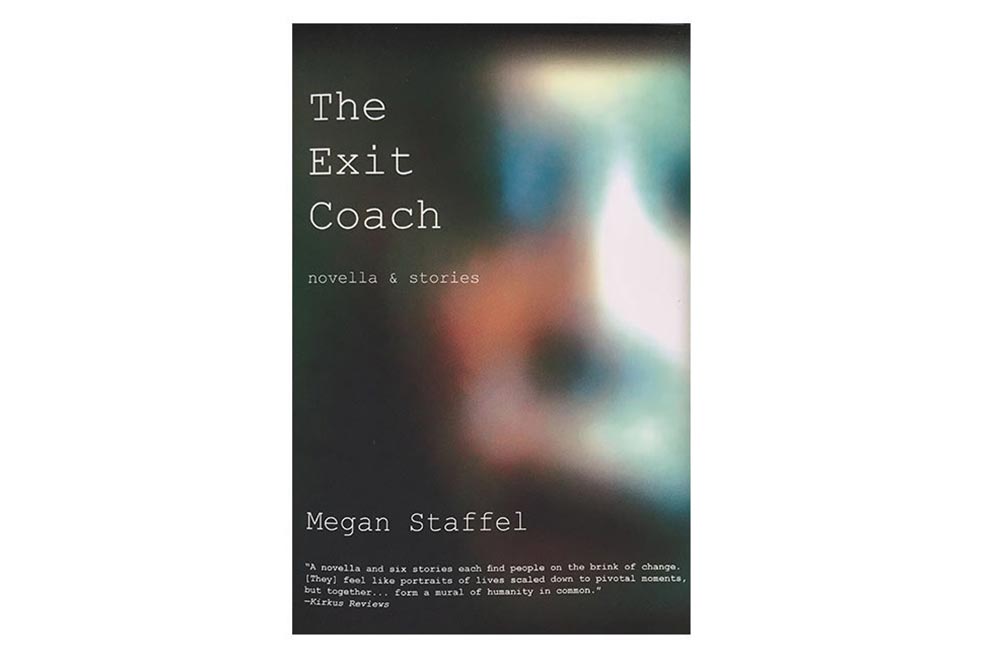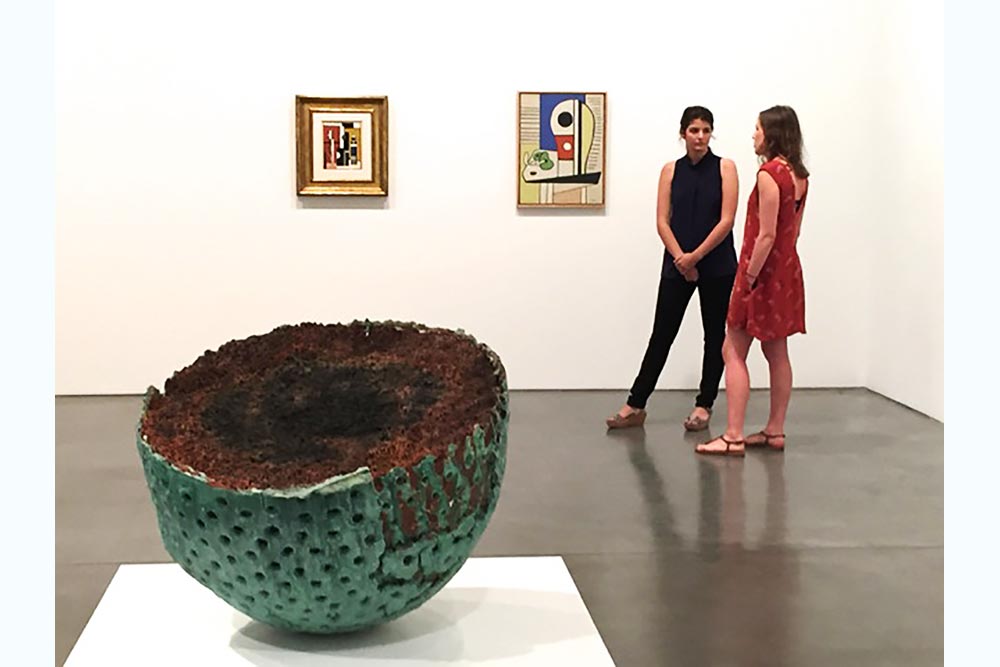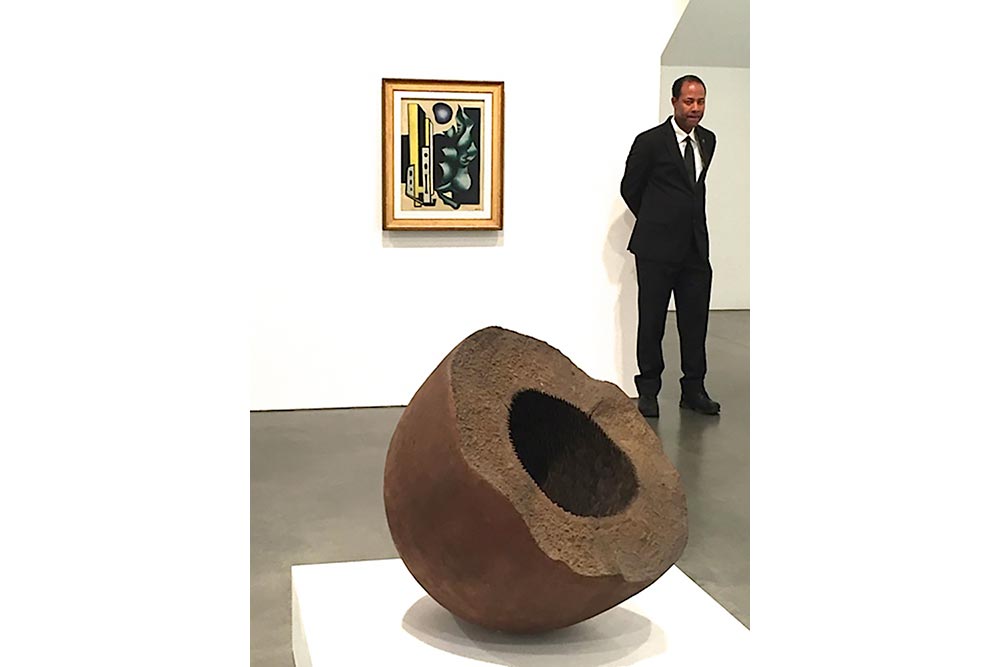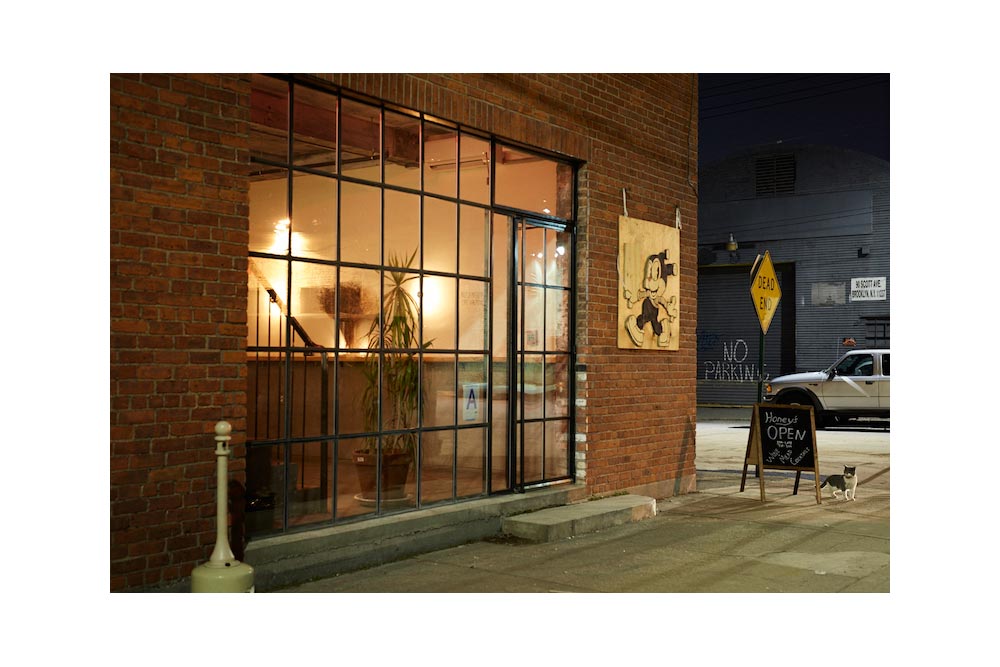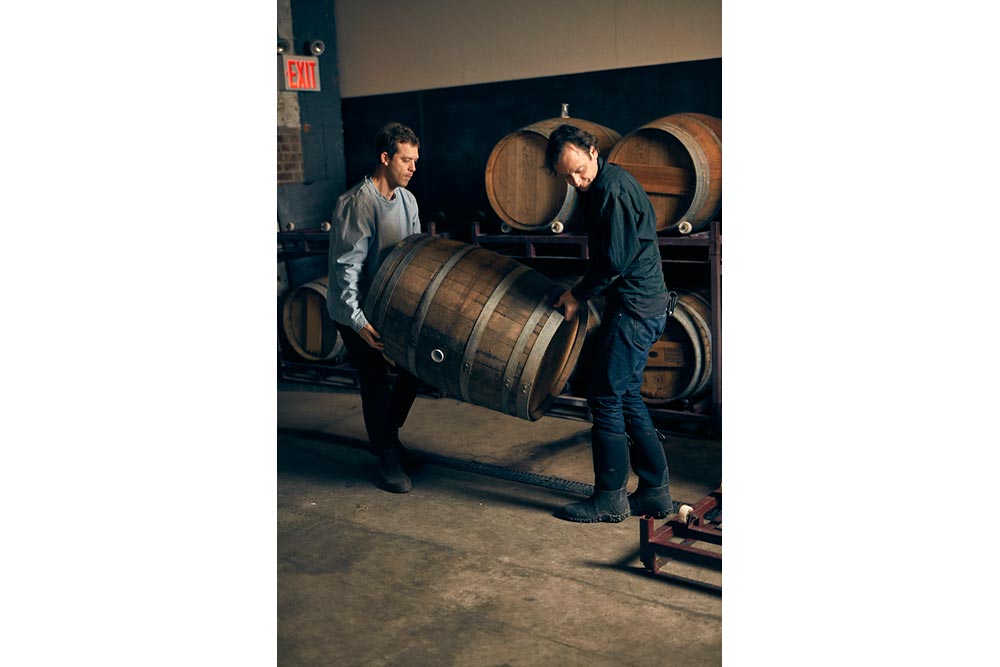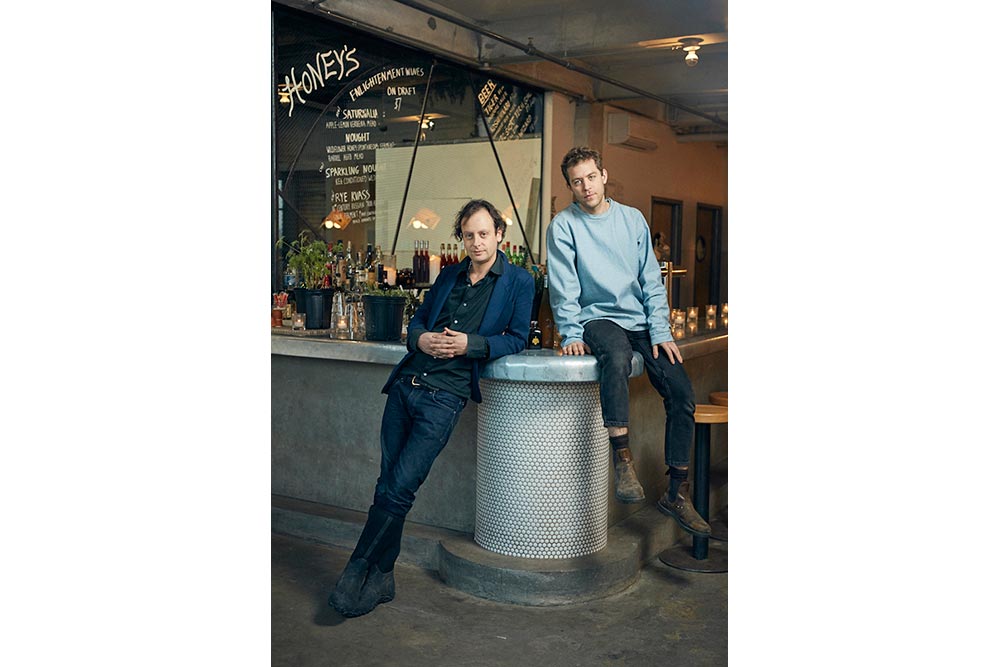Brussel Sprouts, Burdock, Kimchi and Turmeric Onions
Marks’ Family Salad
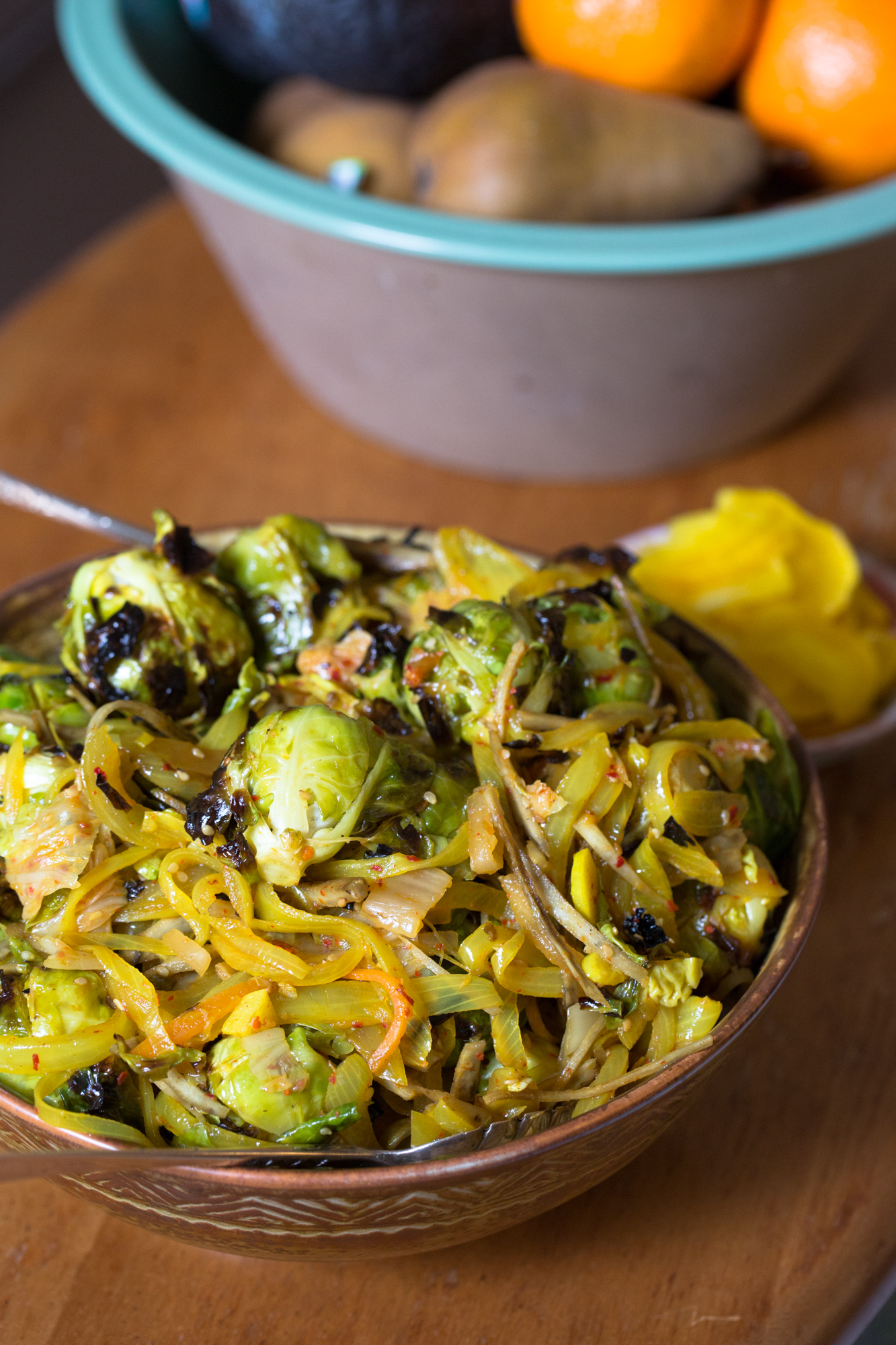
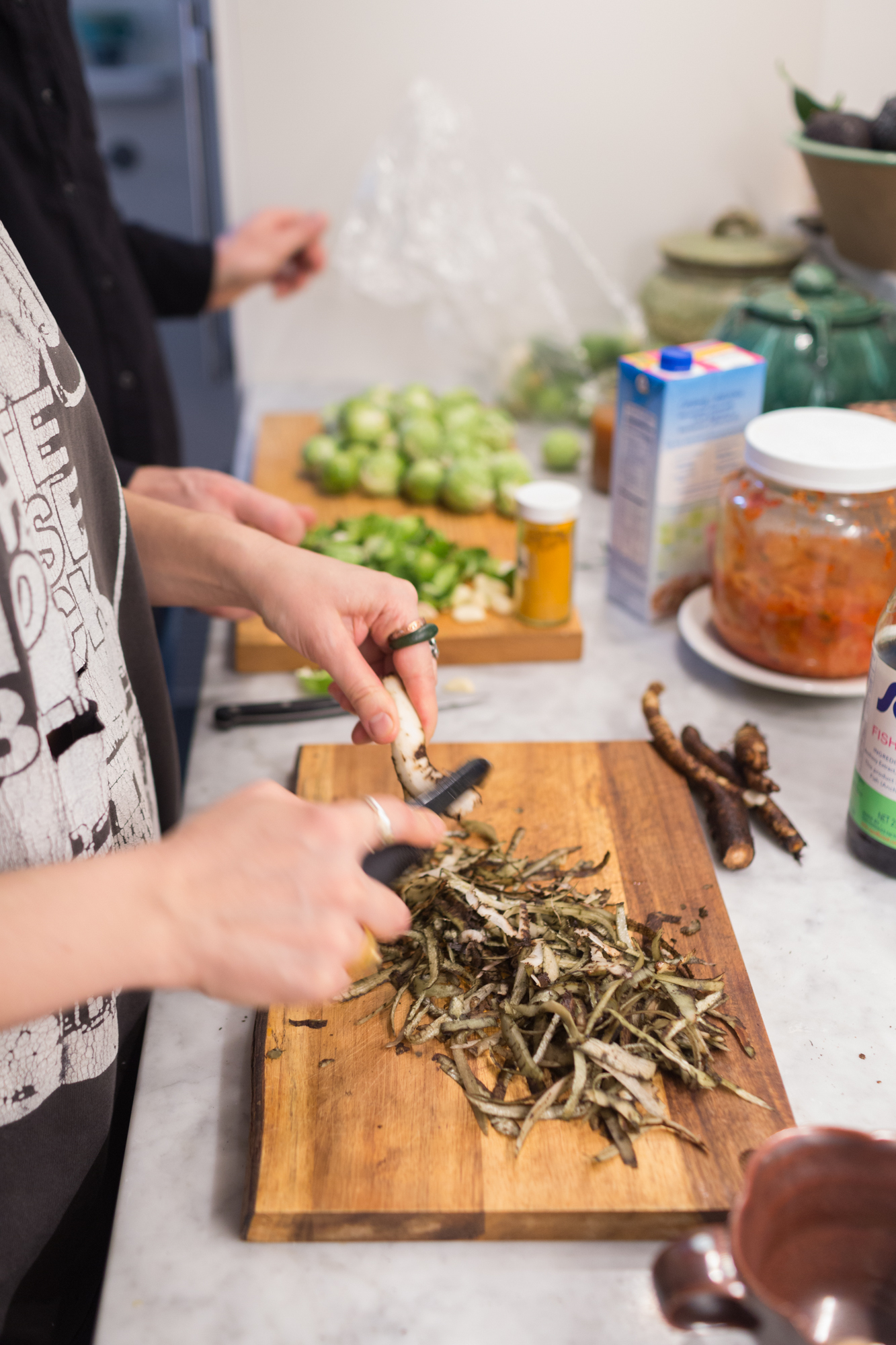
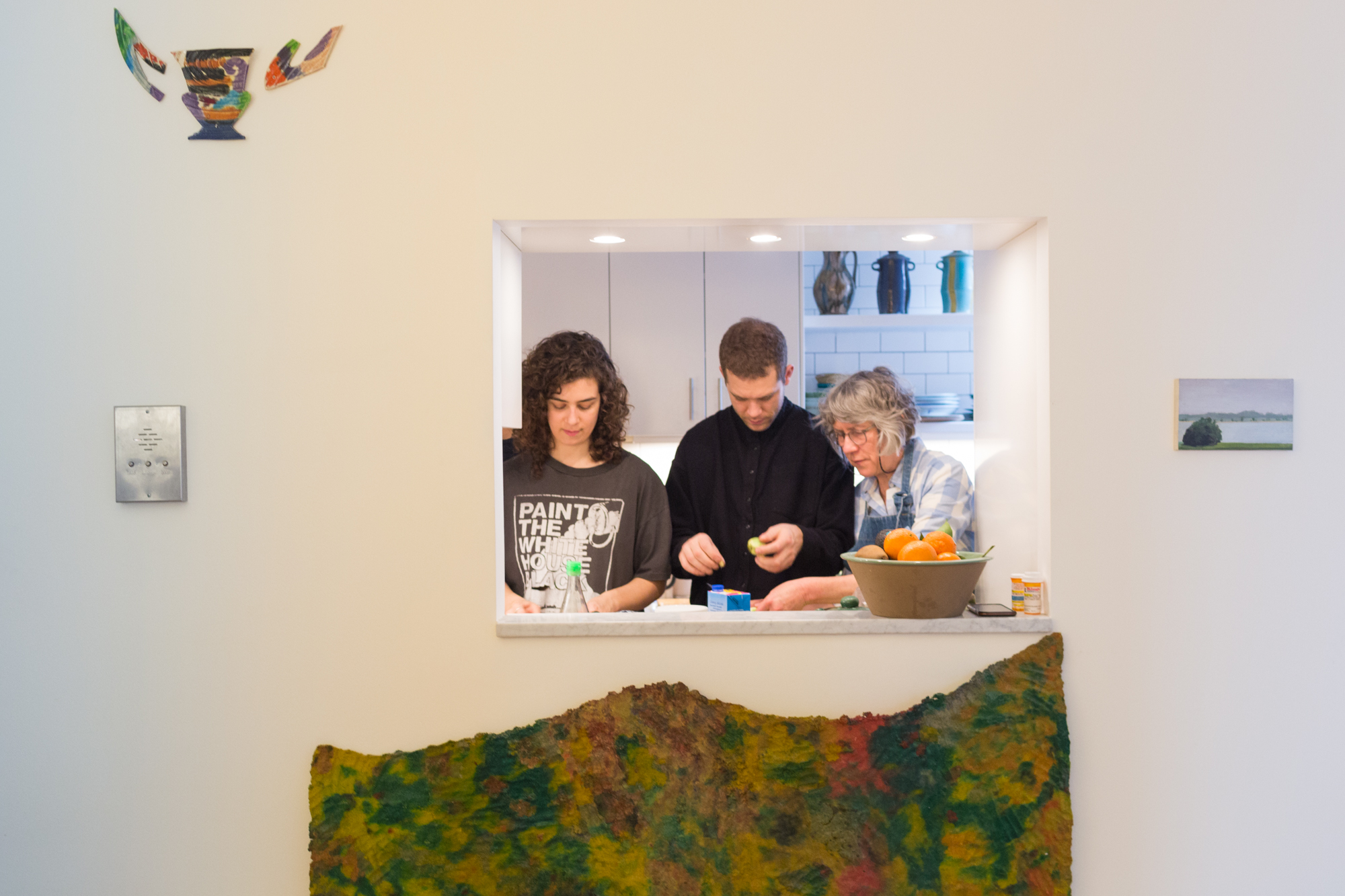
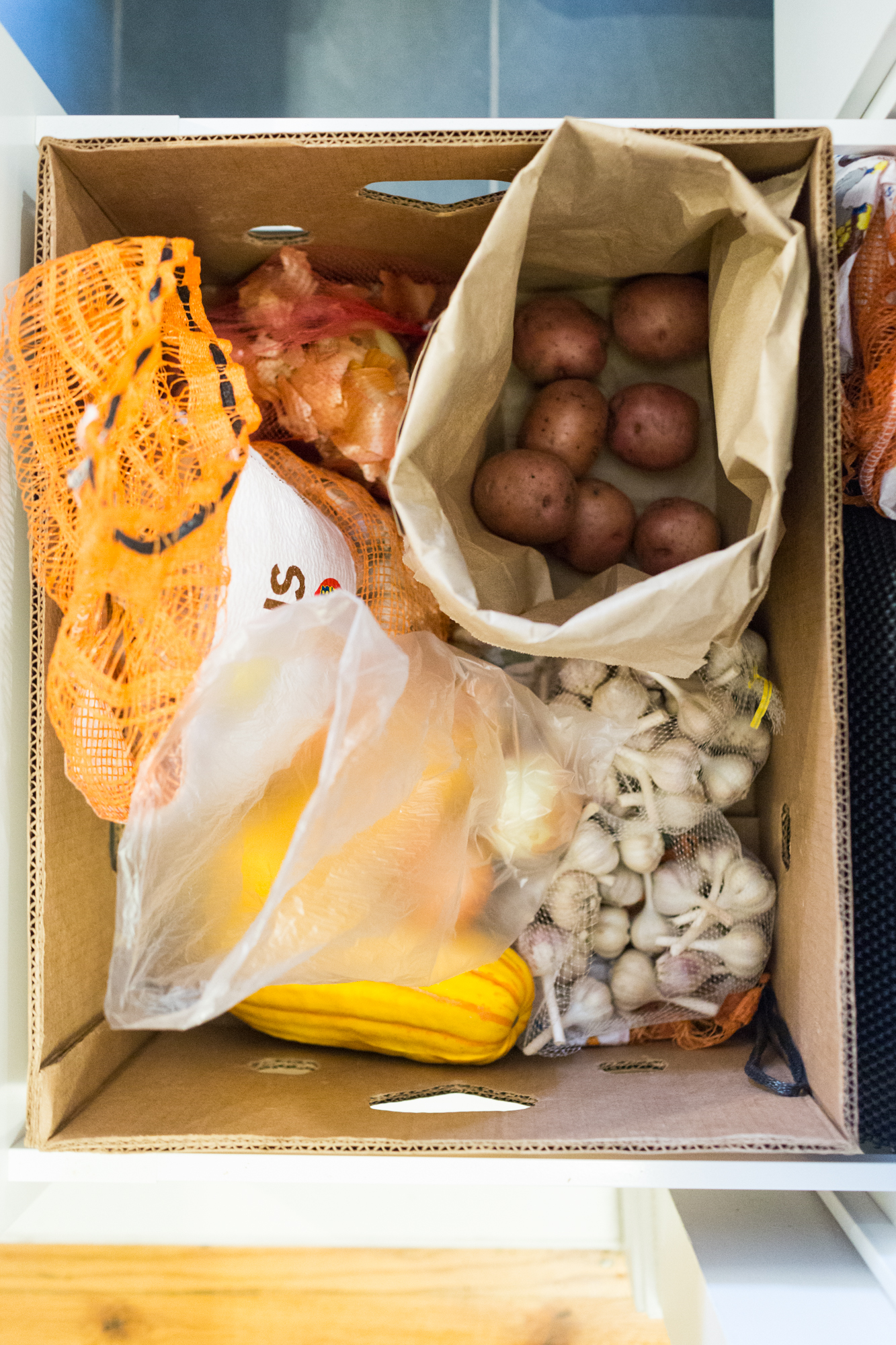
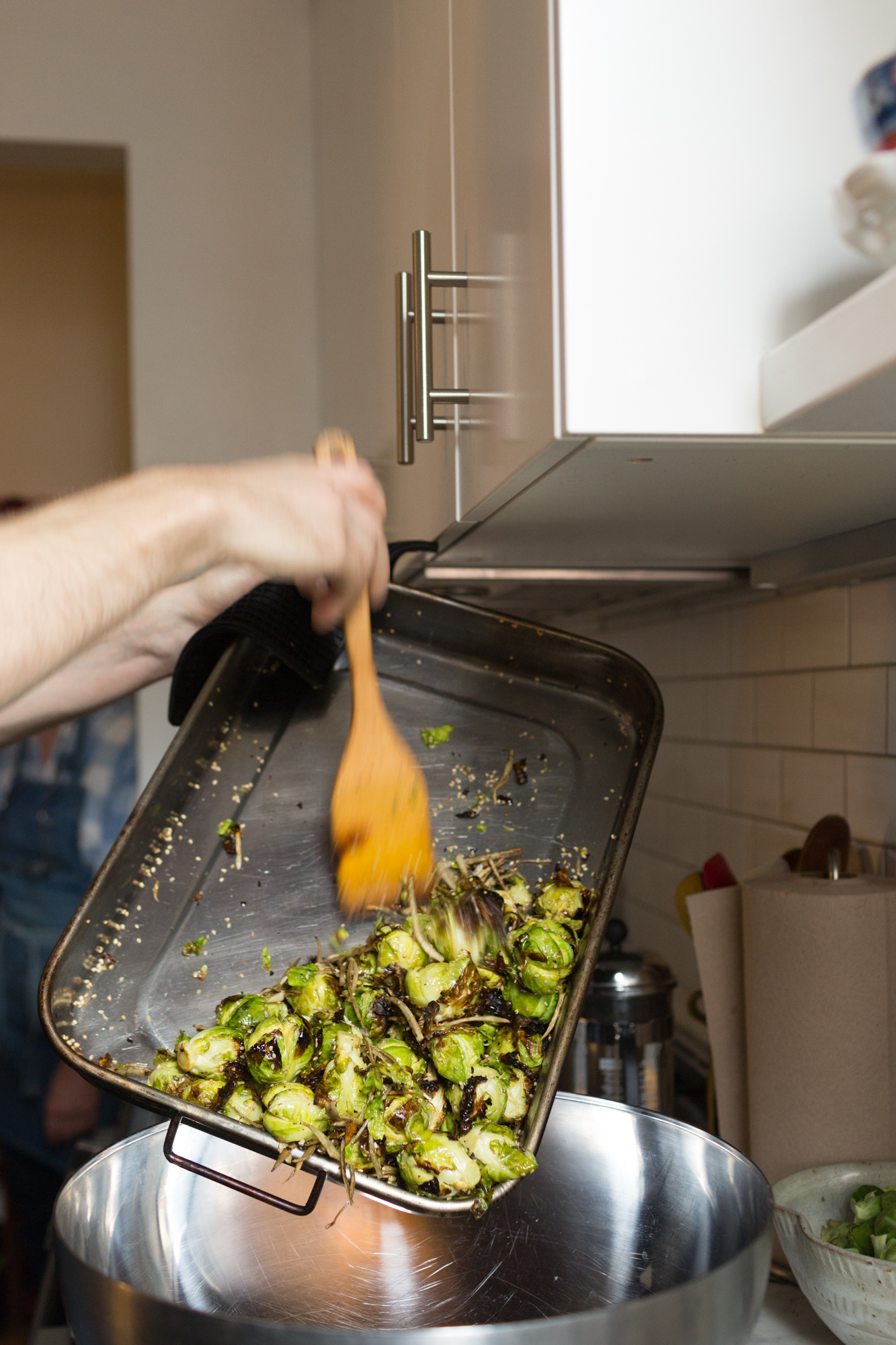
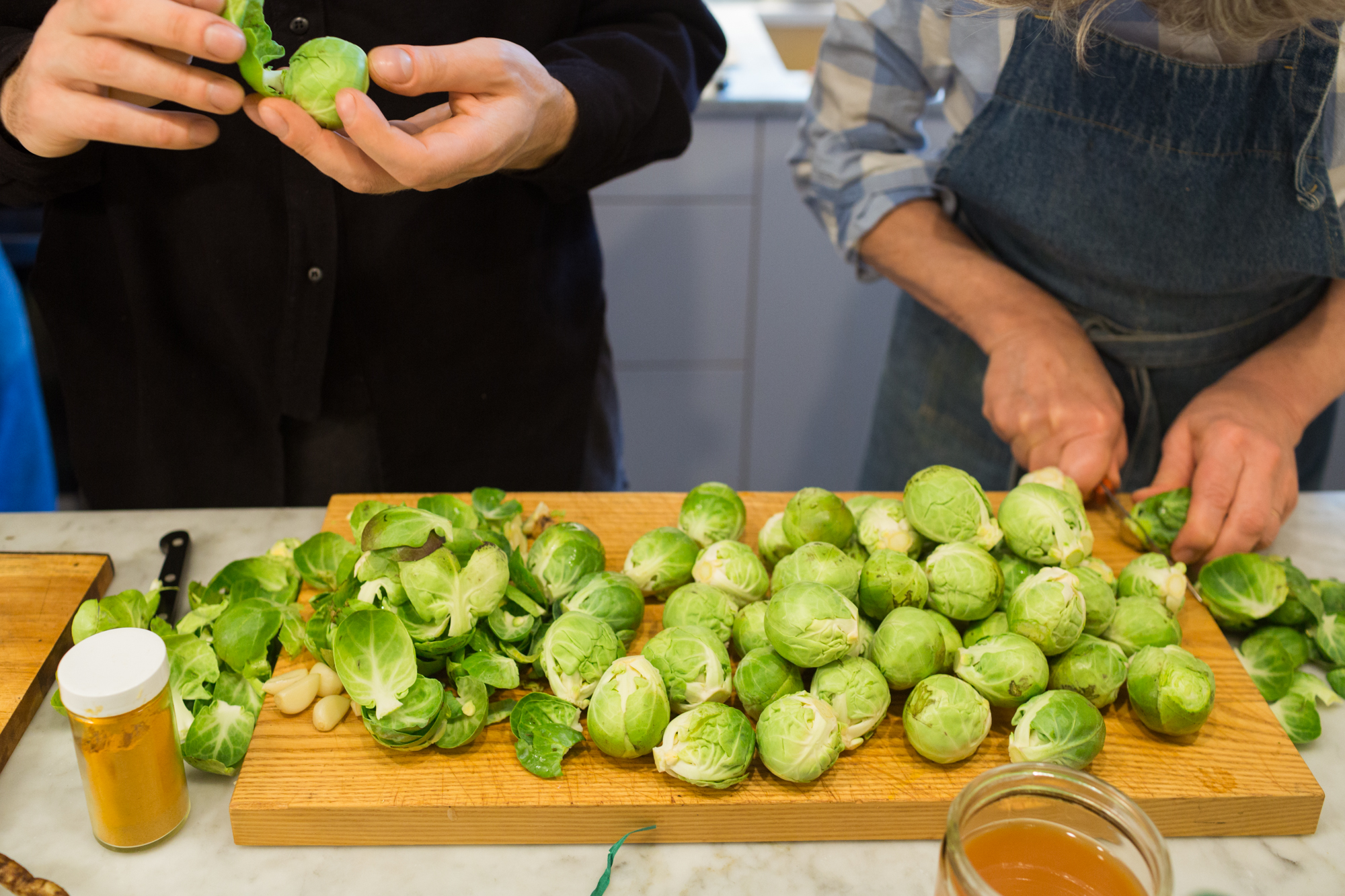
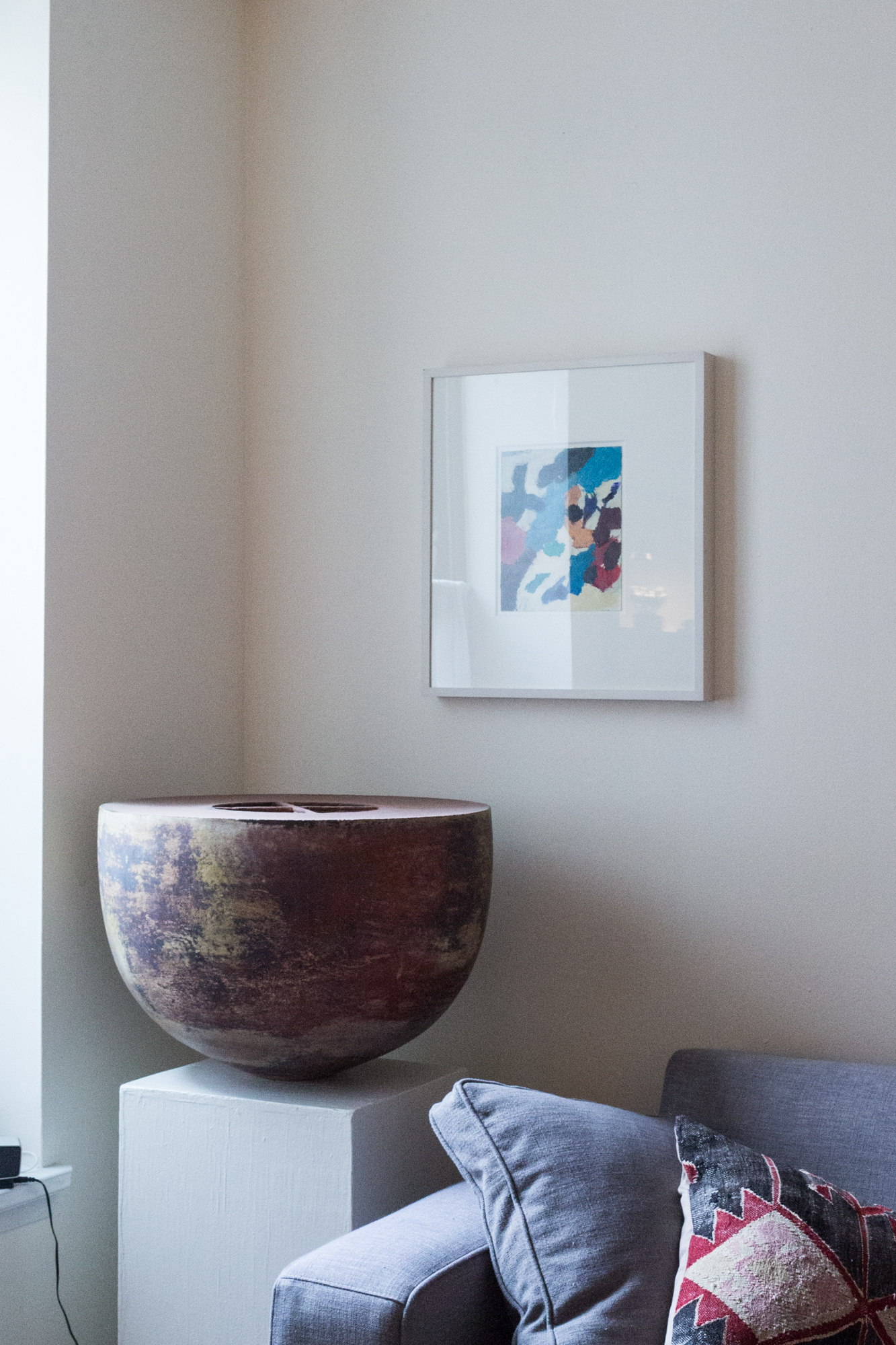
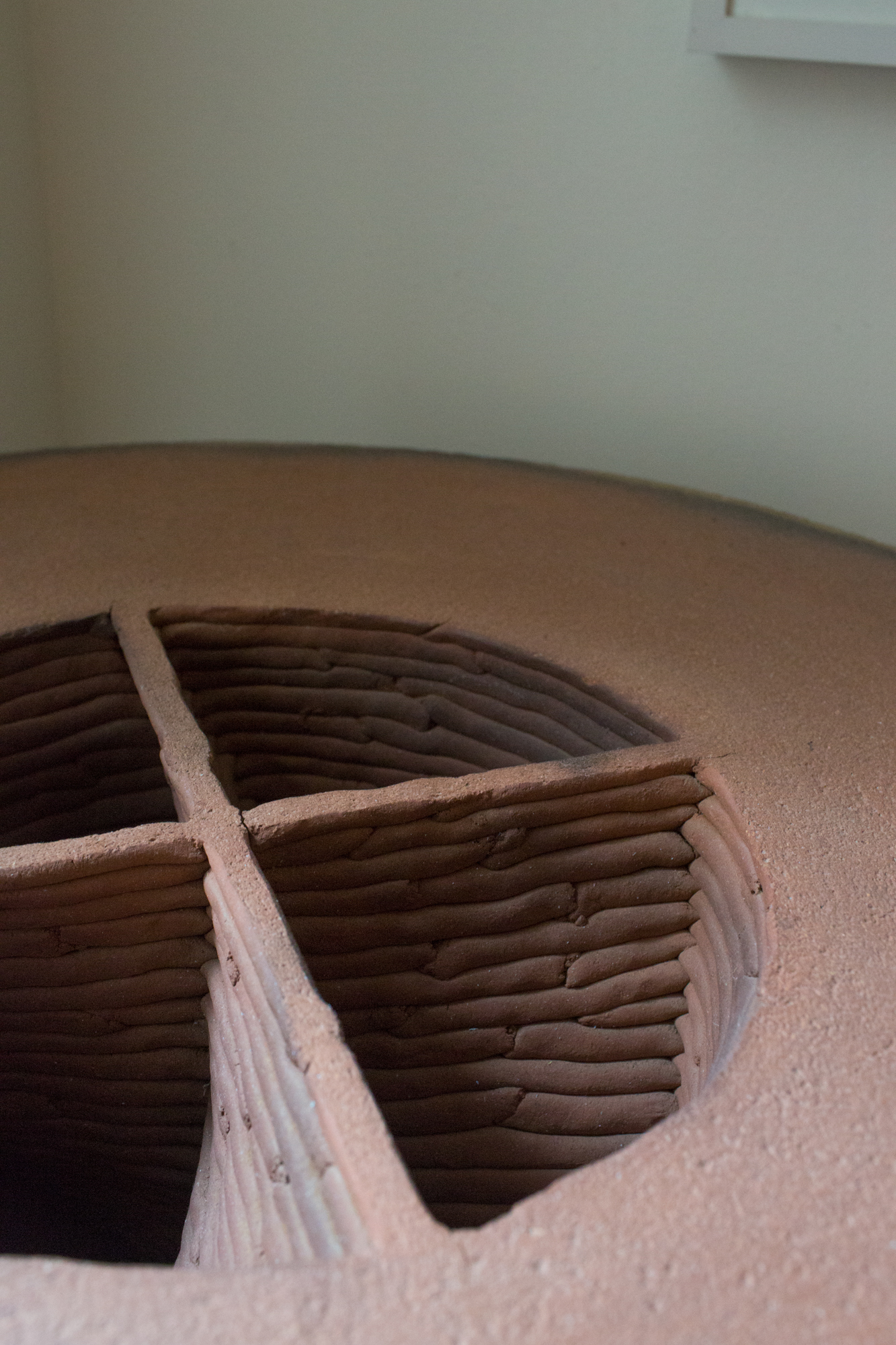
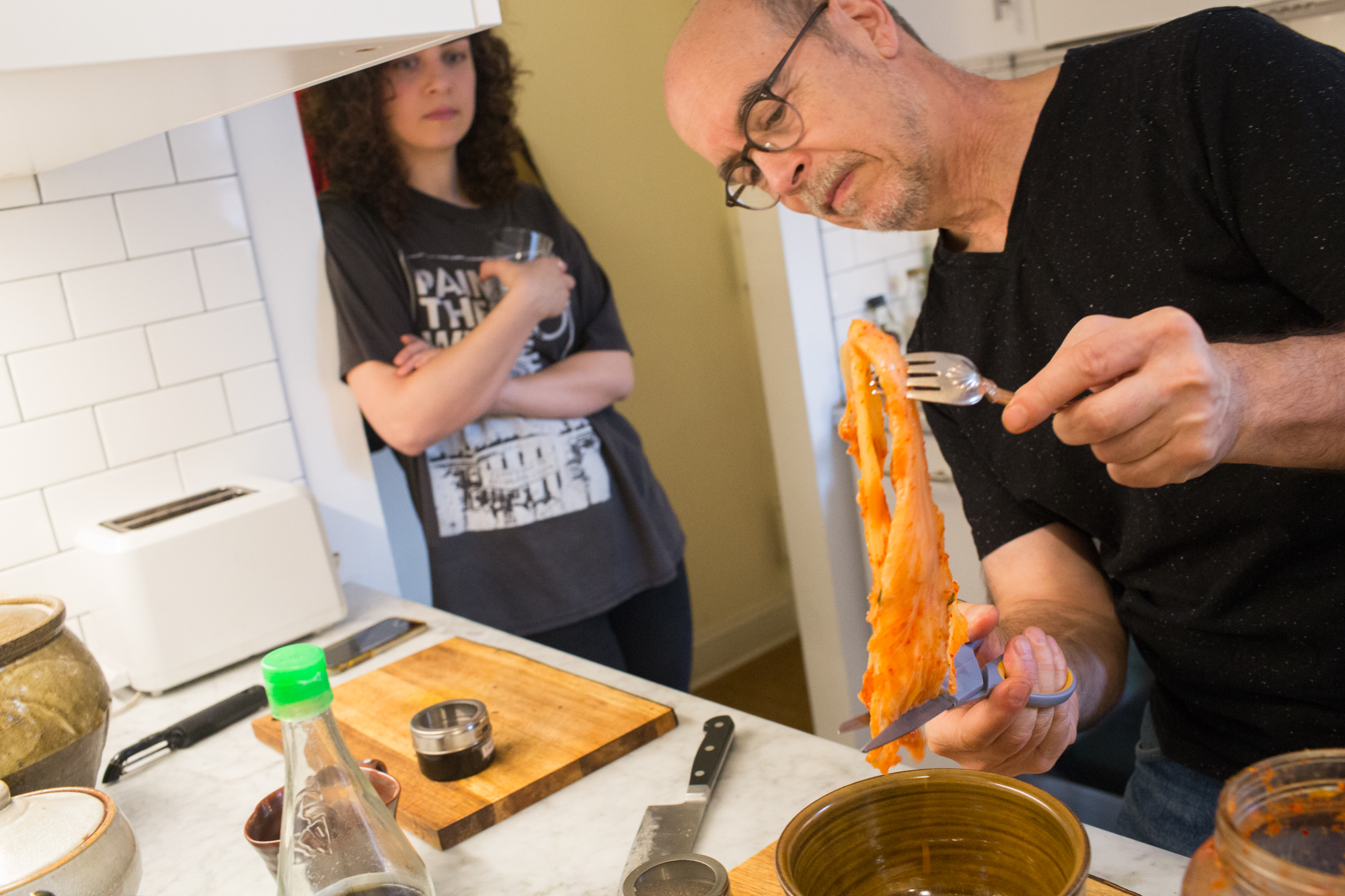
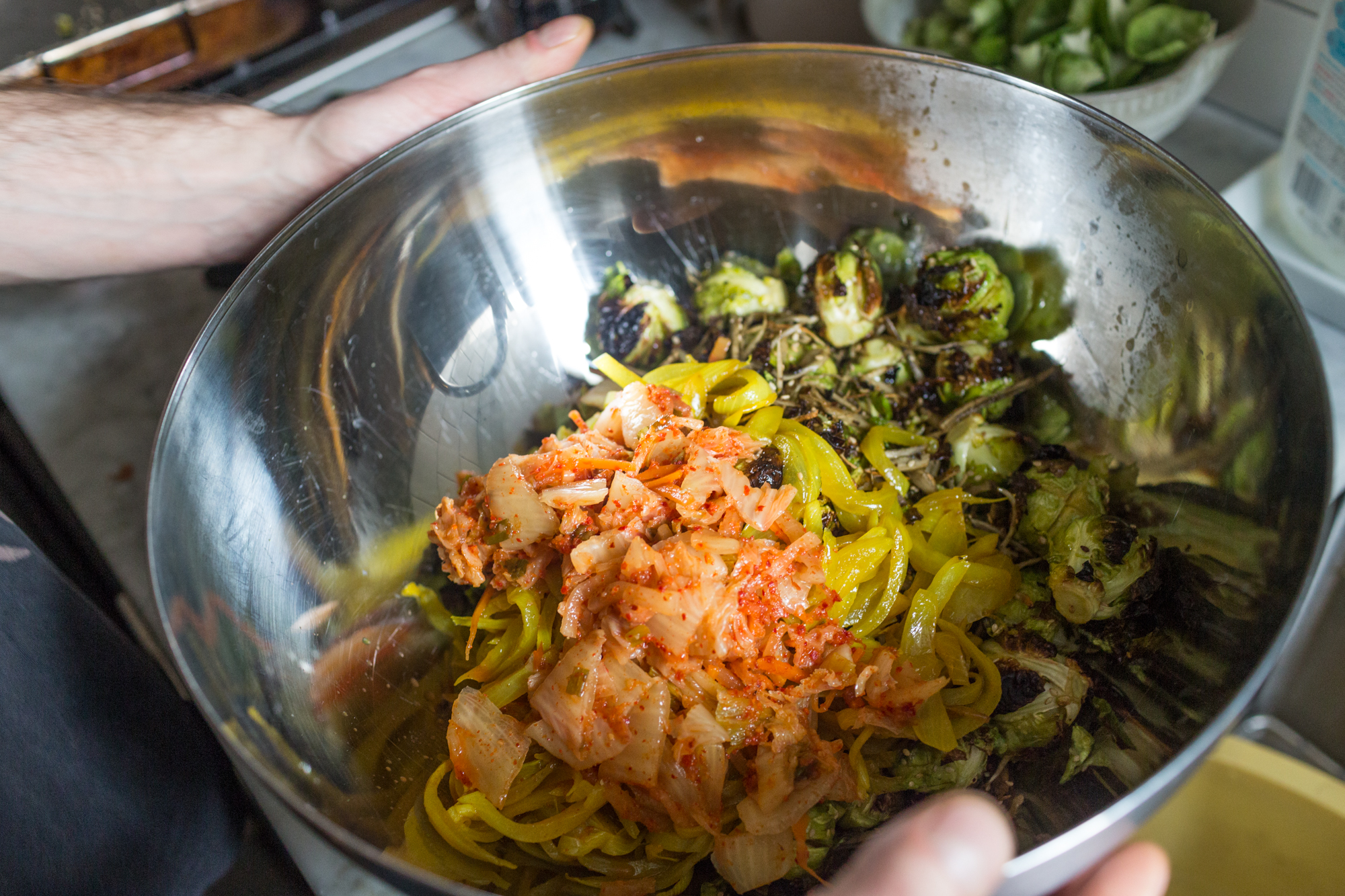
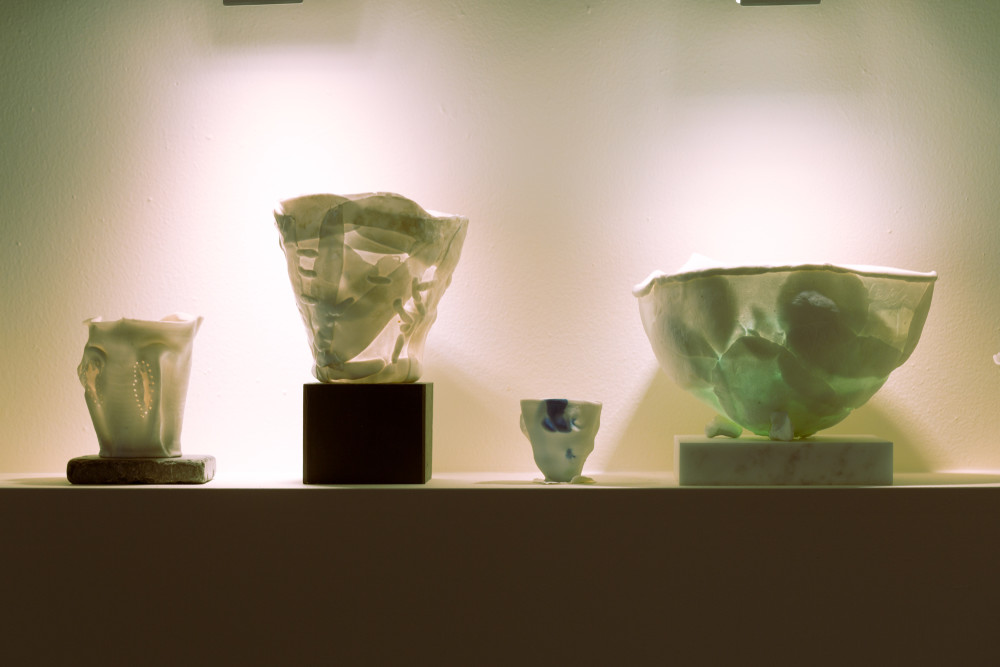
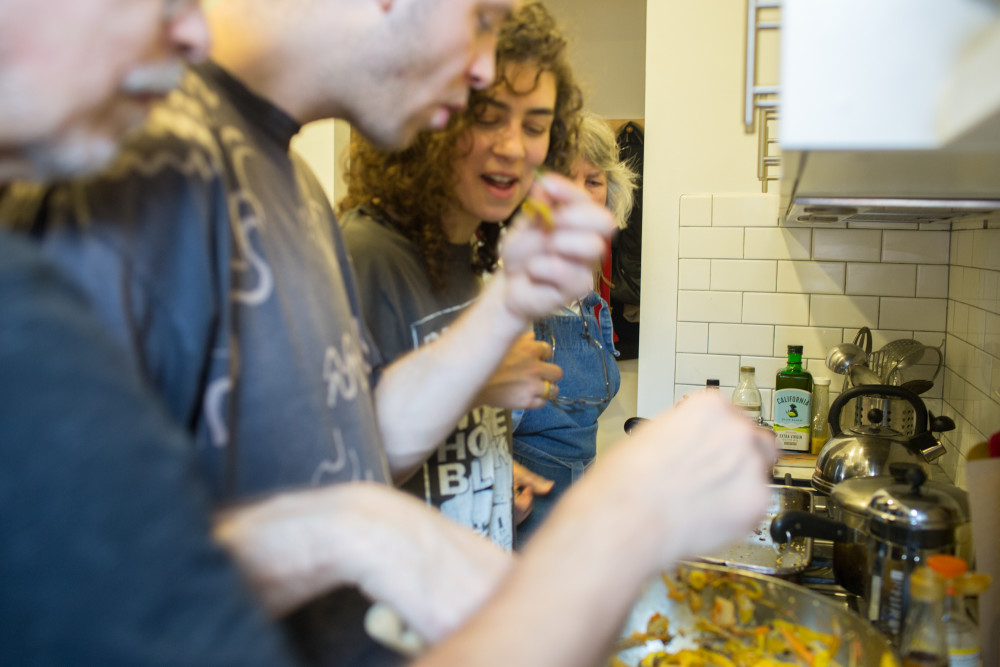
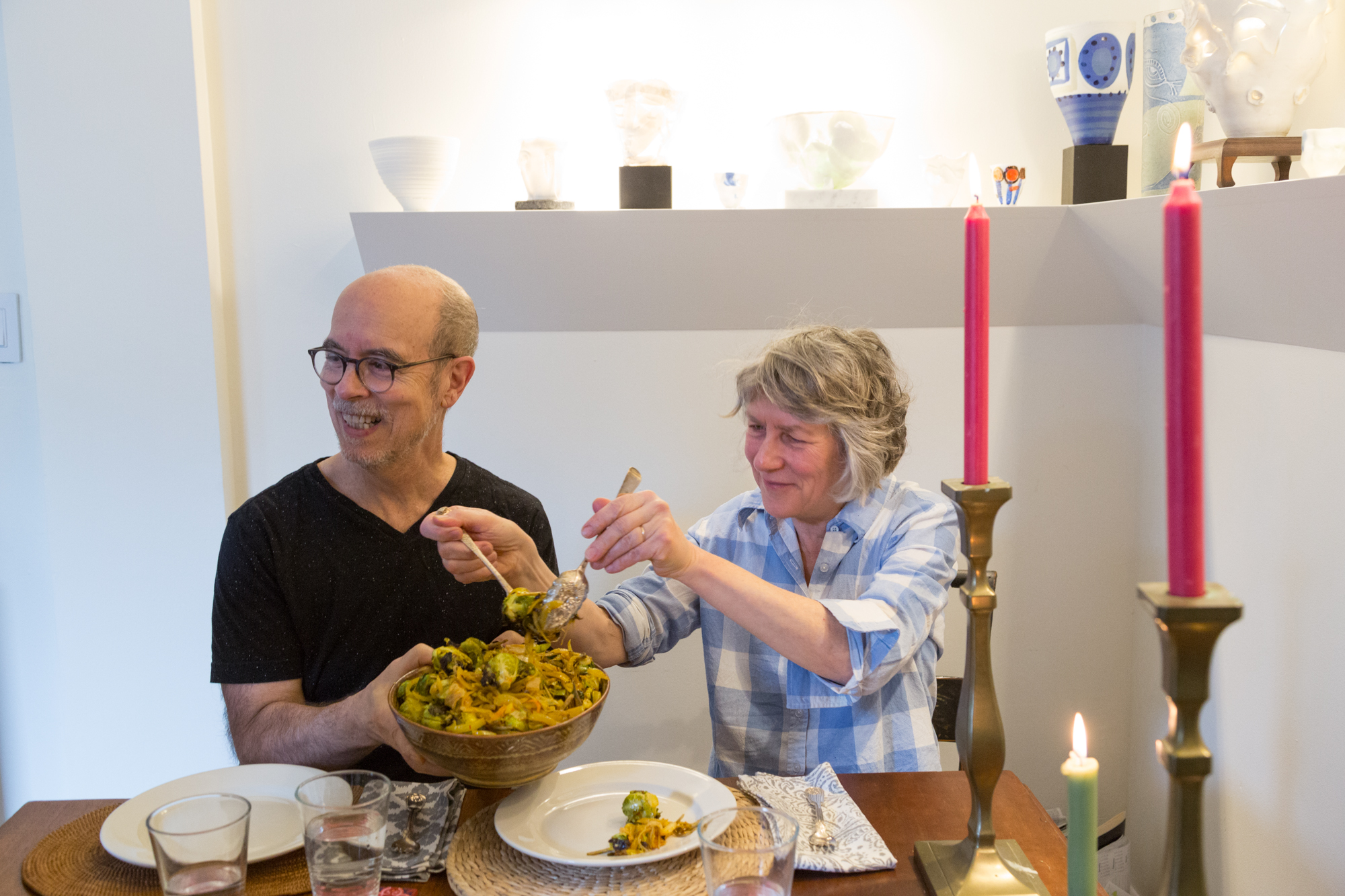
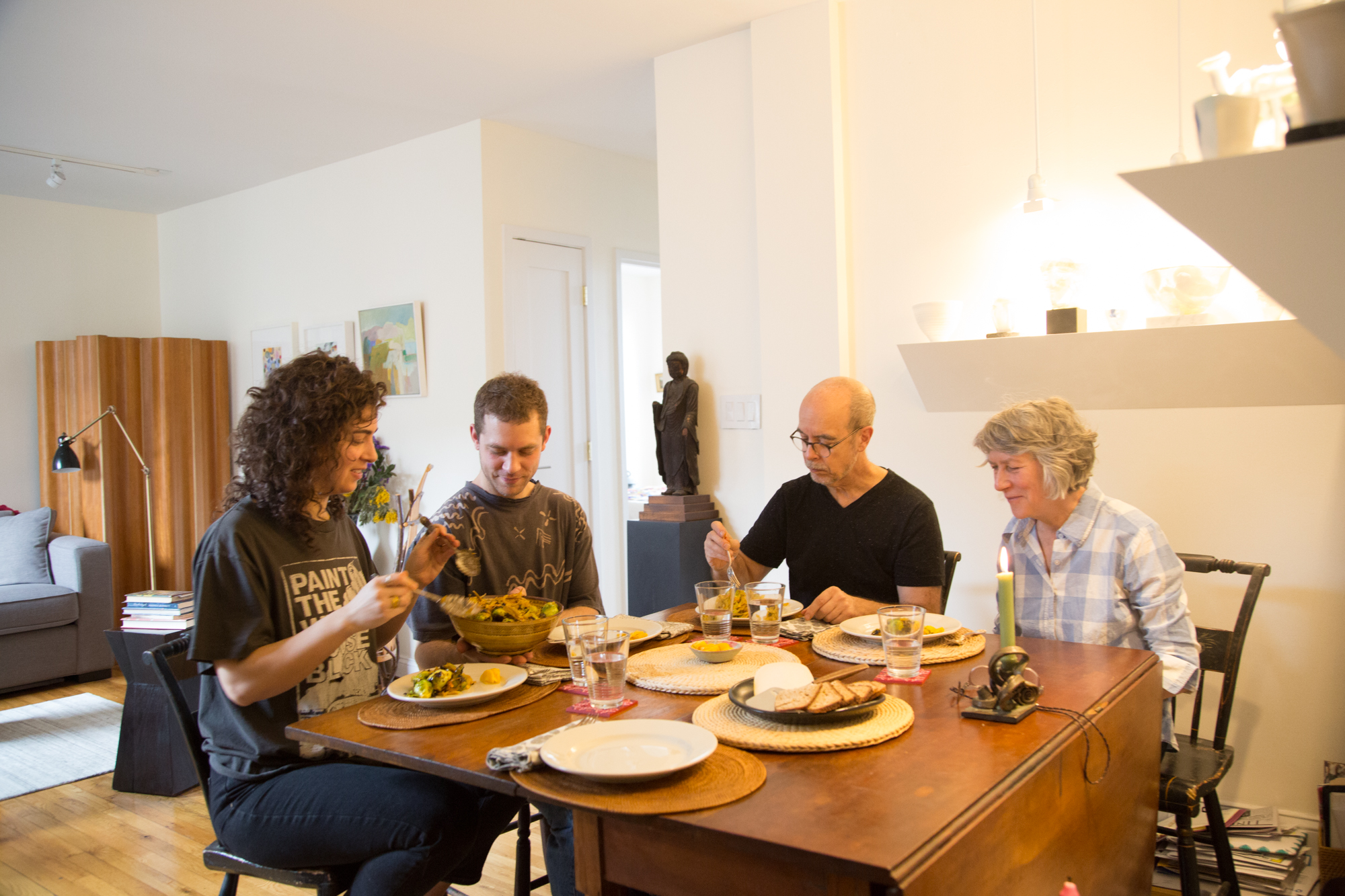
INGREDIENTS
- brussel sprouts,
- burdock root,
- kimchi,
- onions
NOTES
This was the first time I cooked burdock root this way, and I loved it. This salad is all about earthy flavors, it’s like the best dish in the steam at the health food store of my dreams.
RECIPE
DIFFICULTY
MODERATE
SERVES
3
PREP TIME
15 MINS
Brussels Sprouts
-
1lbwhole brussels sprouts
-
1/4cupolive oil +1 tbs
-
1/4tspsmoked salt
-
1/4tspkosher salt
-
212-inchfresh burdock root, unpeeled (scrub skin)
-
1/2mediumwhite onion, thinly sliced
-
1tbssesame oil
-
2tspfish sauce
-
1/4tspturmeric
-
1/2cupkimchi
INGREDIENTS
- brussel sprouts,
- burdock root,
- kimchi,
- onions
Here’s an exercise for you: imagine a nuclear family whose members are all artists, but who somehow get along. I didn’t think it was possible, until I entered the Marks’ family home and watched two kids and their parents negotiate a railroad kitchen and collaborate to make a salad. Lord knows the house would implode if the Sherman family attempted such a thing.
This clan’s creative roots run deep. Graham Marks is a ceramicist turned acupuncturist. Thirty years have passed since he was hand-building his monolithic sculptures, but he was recently included in a group show at the esteemed Andrea Rosen Gallery. His wife, Megan, whose father Rudolph Staffel was a well-renowned ceramic artist, is an accomplished fiction author who recently published a book entitled The Exit Coach. Their two kids, Annabeth and Arley both attended Rhode Island School of Design studying painting and sculpture. Arley funneled his training as an artist into a career making inventive cocktails with fanciful garnish and mind-bending flavor combinations. He is now the co-owner of Bushwick’s favorite bar and meadery, Honey’s, and he contributed the cocktail recipes to my forthcoming cookbook (thank you Arley!!!). I fell in love with Annabeth’s work when she was making large-scale, rough-hewn paper pieces saturated with color, and now she has moved on to paintings on canvas and apparel, and she is currently working towards a show at White Columns Gallery in New York. This is the very same gallery where she curated a show of her maternal grandmother, Doris Staffel’s, abstract paintings in 2016.
Running the gamut of creative output from books, to ceramics, honey wine and sourdough bread, the Marks family should be included in some kind of anthropological study of utopian family structures (and they should take me with them).
Marks Family In Their Own Words
Julia Sherman: Graham, do you eat according to the principles of Chinese medicine?
Graham: Yes, we eat mostly hot food and very little cold food.
JS: My acupuncturist is always like “No more salad! you need to eat more sweet potatoes.” But I built my whole career around salad…
Graham: Let me see your tongue.
JS: Am I dying? What?
Graham: No. It doesn’t look as cold as I thought it would.
JS: Arley and Anabeth, do you guys just get acupuncture every week?
Annabeth: Yes, we are Dad’s test dummies.
JS: Oh my god that is like my dream. Meghan, you just finished a book. What is your book about?
Megan: It’s a collection of stories and a novella about people who are are stuck. In each case, an animal comes along and reveals another perspective that allows them to move out of the stuck place. It’s called The Exit Coach.
JS: So what brought you write a book on that topic?
Meghan: Well, I was writing about being an older woman because it’s very challenging in our culture. Then I realized, there is another theme, all the characters in the book happen to be stuck. So it was solely after the fact that I could see that there was this other theme. It was all there though.
JS: Did you guys grow up in this apartment?
Annabeth: No, we grew up in the boonies in Alfred, NY. Brooklyn is a big, big change. We had to drive an hour and a half to go see a movie, but then again, we had a sauna and a massive vegetables garden. When they first moved here you would open up these cabinets and they would just be filled with piles of vegetables grown upstate.
JS: What made you move to the city?
Megan: Well, lots of reasons that all kind of came together at one time. We wanted to be in a city, we were tired of long drives to do anything. We kind of went in the opposite direction that anyone else wants to go, moving from a farm into the city.
JS: Graham, Arley showed me all your ceramics and told me about your recent show at Andrea Rosen. It’s amazing.
Graham: Oh, it was fantastic. I had stopped making sculpture a long time ago, and then a younger artist named Matthew Ronay was curating the show and he just kind of quoted me as an influence. So Andrea Rosen just said “Great. Let’s do a show with Graham.”
JS: Where has the work been for the last 30 years?
Graham: The sculptures were just sitting outdoors at our house upstate, there was a family of snakes living in one of them! We covered them with plastic and bungee cords for the winter. But otherwise yes, just outside.
JS: But you have a legacy of ceramics in this family. Starting with Megan’s father, correct?
Arley: Yes, there is a big show up of my grandfather’s work at the Philadelphia Museum of Art until April.
Arley: [Arley picks up a jar] What’s this mom?
Meghan: That’s my sourdough starter.
JS: You make bread?
Megan: I do!
JS: And Graham, what are you working on over there [Graham pulls a mysterious glass jar from the fridge]?
Graham: So you know when you go to a Japanese restaurant and you get the yellow pickled daikon? This has been sitting for months. The yellow color comes from crushed, dried gardenia flowers.
Arley: Dad, can I get some of those flowers?
Graham: Oh yes, they would work well in cocktails.
JS: Arley, how is Honey’s different than other bars?
Arley: Honey’s is a little bit different from a regular bar in that we are making a good portion of the ingredients that go into the drinks ourselves. Between our the plants on our rooftop garden and the mead we make, we are developing a fully integrated system to fuel the bar. Raphael and I have been focused on producing mead that works well as a cocktail ingredient more than a stand alone wine, and that is pretty unique. If you come to Honey’s and you love a drink we serve, you can buy a bottle to take home and add it to your own bar.
JS: Do you still make art, in the studio sense of the word?
Arley: When I started the build-out of the bar, I packed up my studio and decided to focus on Honey’s. Now it feels like a long term performative sculpture experiment. Honey’s is my studio now.
